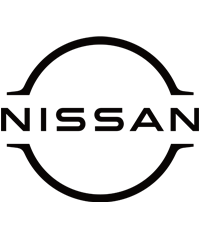Nissan will launch affordable on-board bi-directional charging on selected electric vehicles from 2026, it was announced this week. The initiative is a key step towards its vision of creating a sustainable energy ecosystem.
The project progresses the commitment made in Nissan’s business plan, The Arc, delivering differentiated innovation that enables the EV transition, while unlocking new revenue streams. It also supports the company’s long-term vision, Ambition 2030, to create a cleaner, safer, and more inclusive world.
The Vehicle to Grid (V2G) technology, which allows EV owners to use electricity stored in their car’s battery to power their homes, or sell it back into the grid, will launch in the UK initially, followed by other markets in Europe.
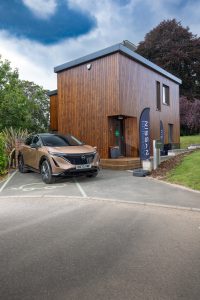 The project is underpinned by Nissan’s extensive experience in V2G, with around 40 pilot projects conducted worldwide throughout the past decade.
The project is underpinned by Nissan’s extensive experience in V2G, with around 40 pilot projects conducted worldwide throughout the past decade.
Following a successful year-long project at The University of Nottingham, UK, Nissan has become the first car company to gain G99 Grid code certification with an AC-based solution, needed to supply electricity into the UK national energy supply.
Under the banner of Nissan Energy, the company’s aim is to roll-out V2G technology across markets in Europe and beyond, empowering consumers with either AC or DC-based V2G solutions, in alignment with local infrastructure and regulatory requirements.
By using Nissan’s on-board bi-directional V2G technology, customers can cut the annual cost of powering an EV by 50%. The same technology can also reduce net CO2 emissions from charging by 30% per year, per EV for the average UK household.
EVs equipped with V2G technology can play a crucial role in integrating and increasing the mix of renewables into the energy supply, by storing electricity generated by wind or solar, and directing it back into the grid when needed, reducing dependency on fossil fuels.
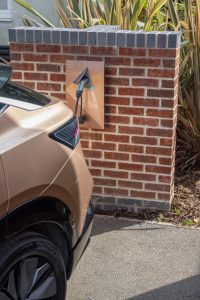 As one of the bi-directional systems Nissan plans to offer, this AC-bidirectional system certified in the UK will leverage an integrated on-board charger to deliver a lower cost of entry, allowing the technology to be accessible to more people.
As one of the bi-directional systems Nissan plans to offer, this AC-bidirectional system certified in the UK will leverage an integrated on-board charger to deliver a lower cost of entry, allowing the technology to be accessible to more people.
Control and flexibility
Nissan aims to offer its AC bi-directional charger at a price comparable to a mono-directional charger available today. As well as lowering the cost of entry, Nissan’s V2G system will give customers complete control and flexibility over their energy via a dedicated app.
The launch forms part of Nissan’s strategy to create a fully integrated energy ecosystem – sustainably manufactured EVs providing zero-emission motoring, charged using clean energy and capable of providing power back to the home as well as to the grid.
Hugues Desmarchelier, Nissan Vice President, Global Electrification Ecosystem & EV Programs, said: “The technology we are bringing to customers is a potential game-changer for how we view the car. Not just as a means of getting from A to B, but as a mobile energy storage unit, capable of saving people money, supporting the transition of our energy systems away from fossil fuels and bringing us closer to a carbon-free future.
“Nissan is proud to democratise technology for the benefit of society. The breakthrough in an on-board solution for two-way charging will be a substantial reduction in the cost of integrating a future EV into your energy supply, and the ability to leverage the car as a source of income over its lifecycle.”
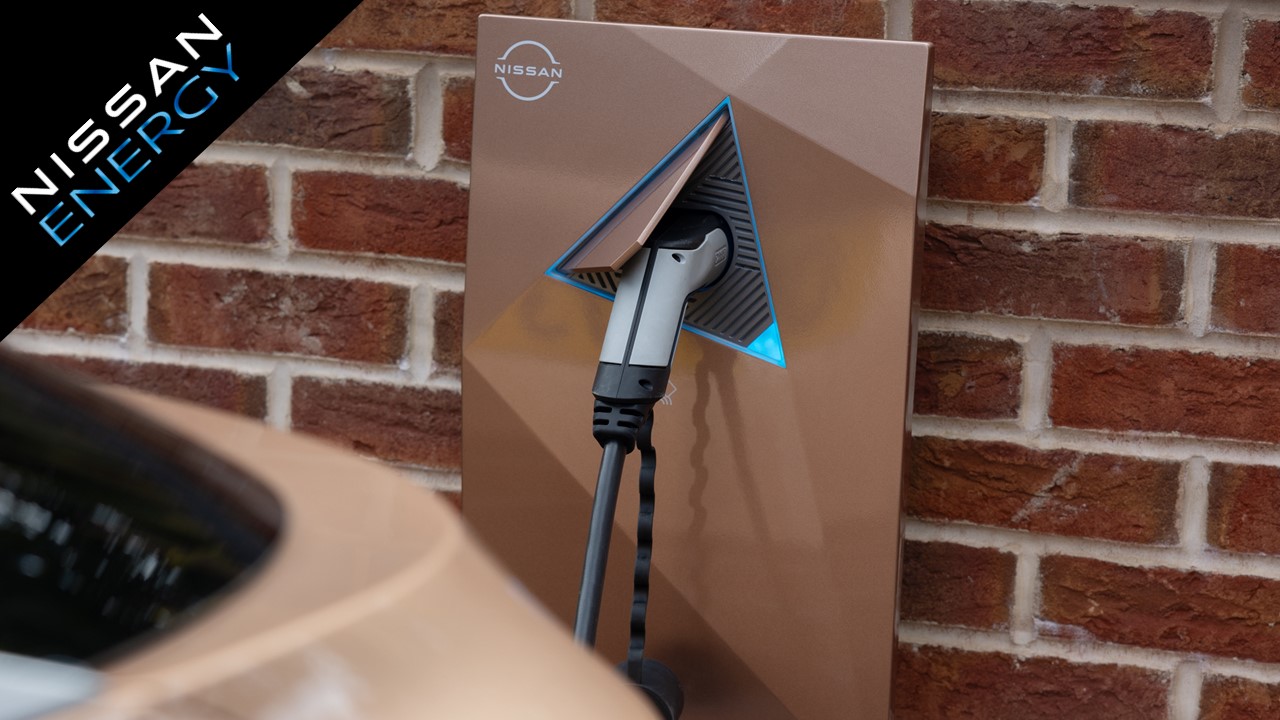 Nissan aims to become a truly sustainable company, and in the Africa, Middle East, India, Europe and Oceania region (AMIEO) is using its unique diversity to drive locally-focussed action and scalable solutions that contribute to a cleaner, safer and more inclusive world for everyone.
Nissan aims to become a truly sustainable company, and in the Africa, Middle East, India, Europe and Oceania region (AMIEO) is using its unique diversity to drive locally-focussed action and scalable solutions that contribute to a cleaner, safer and more inclusive world for everyone.
Chairperson of Nissan’s Africa, Middle East, India, Europe and Oceania region, Guillaume Cartier, said: “One of the big challenges faced by society today is energy supply – how do we make it affordable, reliable and clean?
“At Nissan, we see a future for our customers where their energy comes from the car on the driveway – not only the power station – fully integrated, flexible and cleaner.”

